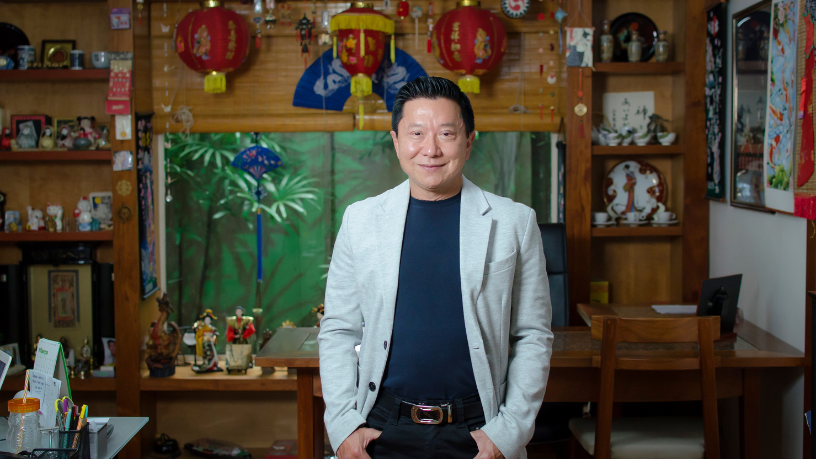Golf is recognized worldwide as one of the most sophisticated sports, combining technique, strategy, and close contact with nature. According to Milton Seigi Hayashi, its journey over the centuries has been marked by traditions, curiosities, and transformations that helped establish golf as a symbol of elegance and prestige. This article presents an overview of the sport’s evolution, from its origins to modern curiosities, highlighting why it continues to captivate millions of players around the world.
What are the historical origins of golf?
The history of golf dates back to 15th-century Scotland, when records indicate a similar game in which participants used rudimentary clubs to hit a ball toward a target. The sport quickly won over the Scottish nobility and, over time, was regulated. In 1754, The Royal and Ancient Golf Club of St Andrews became the main institution responsible for promoting and organizing golf.
According to Milton Seigi Hayashi, understanding golf’s Scottish roots is essential to appreciating its evolution. The simplicity of its beginnings gave way to a well-defined set of rules, which were gradually adopted by clubs worldwide, consolidating golf as an official sport.
How did golf expand across the world?
The popularization of golf occurred thanks to British maritime expansion, which took the sport to different continents. Countries such as the United States, Japan, and Brazil incorporated the game into their clubs, associating it with a refined lifestyle. In the United States, for example, tournaments like The Masters at Augusta helped elevate golf’s status on an international level.
As Milton Seigi Hayashi explains, the globalization of the sport turned golf into a cultural link between nations, bringing different peoples together through athletic practice. This expansion contributed to golf’s inclusion in the Olympic Games, reinforcing its importance on the world stage.

What curiosities surround golf throughout history?
Golf is full of curiosities that emphasize its uniqueness. One striking example is the traditional number of 18 holes on an official course, established at St Andrews in the 18th century. Another is the use of the term “par,” created as a way to measure a player’s performance against the expected number of strokes on each hole.
There are also records of balls made of compacted feathers, used before the invention of the “guttie,” which was produced from hardened tree sap. For Milton Seigi Hayashi, these details reveal how the pursuit of innovation has been present since the sport’s earliest days, ensuring constant improvements in the players’ experience.
How did golf become a symbol of elegance?
Golf has always been associated with values such as discipline, patience, and strategy. Etiquette on the course—such as remaining silent during an opponent’s shot and respecting the rules—reinforces its image as a noble sport. Golf clubs also became social gathering spaces, bringing together business leaders, politicians, and influential figures. This aura of sophistication is one of the elements that keeps golf among the most respected sports.
In short, golf uniquely combines tradition, history, and innovation. Its evolution over the centuries demonstrates its ability to adapt without losing its essence. Museums, clubs, and competitions highlight the importance of the sport as cultural and social heritage. Milton Seigi Hayashi emphasizes that golf fascinates because it is much more than a sport: it is an experience that blends leisure, strategy, and elegance, making it unforgettable for all who practice it.
Author: Vania Quimmer
The images published in this post were provided by Dr. Milton Seigi Hayashi, who is the legal representative responsible for authorizing the use of the image of all persons depicted herein.





